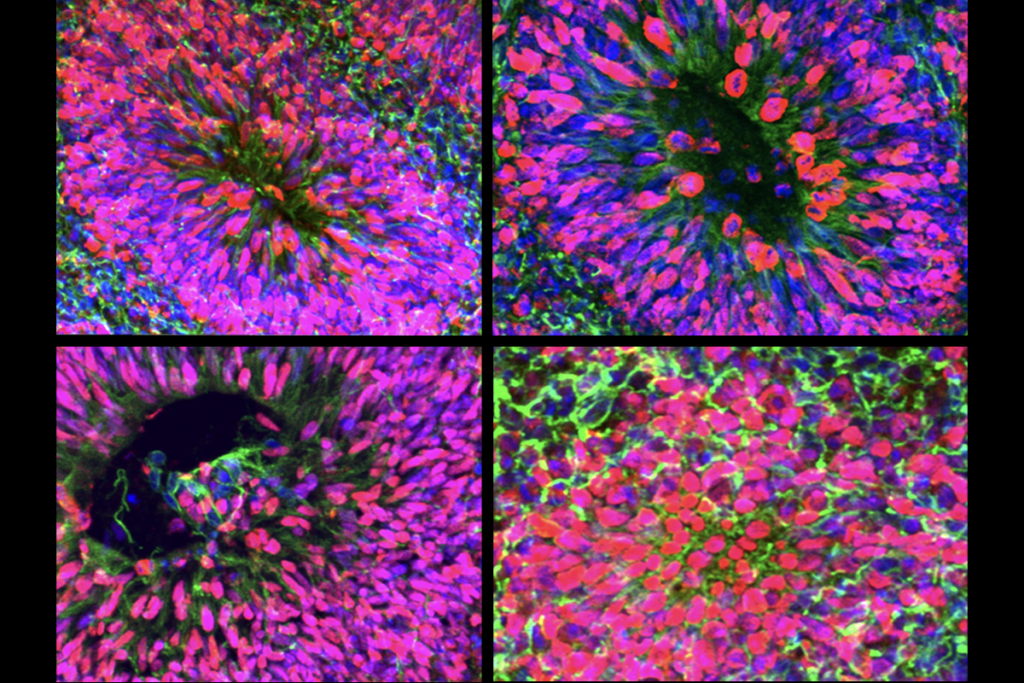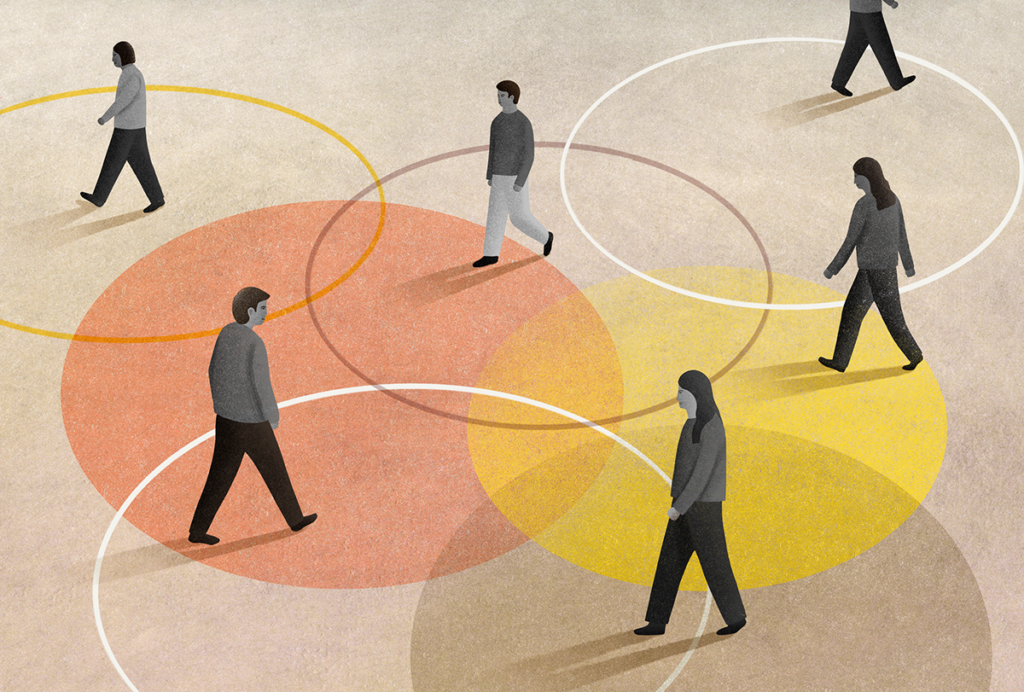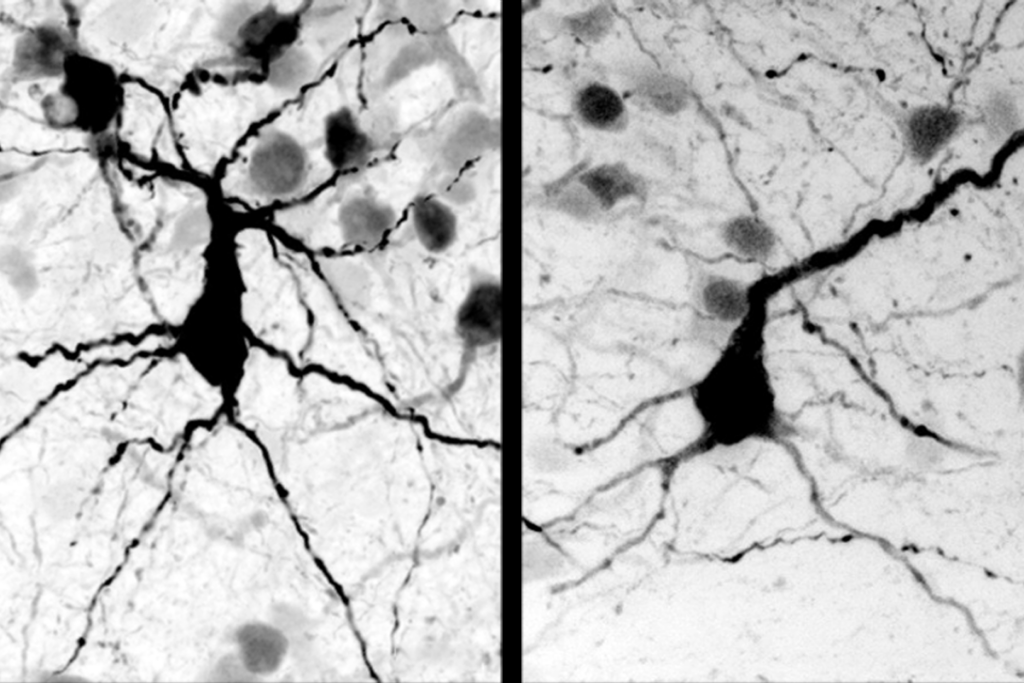Video: The next decade in autism research
In a keynote lecture on Tuesday at the Society for Neuroscience annual meeting in San Diego, Nat Heintz predicted that over the next ten years, scientists will piece together detailed molecular signatures of each of the hundreds of cell types in the mouse brain. After the talk, he sat down with SFARI on a sunny patio to discuss what this decade of advancements might mean for autism research.
There are scores of studies measuring gene expression in the brain. The trouble is, most of them measure expression in pieces of brain tissue, which can include many different types of cells, each with a different biological role.
Nathaniel Heintz, professor of molecular biology at Rockefeller University, has developed a technique that creates a genetic profile of specific cell types in the brain. Called ‘translating ribosome affinity purification,’ or TRAP, the method captures RNA from specific types of cells as it is being translated into protein.
In a keynote lecture on Tuesday at the Society for Neuroscience annual meeting in San Diego, Heintz predicted that over the next ten years, scientists will piece together detailed molecular signatures of each of the hundreds of cell types in the mouse brain.
After the talk, Heintz sat down with SFARI on a sunny patio to discuss what this decade of advancements might mean for autism research. In his own lab, for instance, Heintz is using TRAP to map gene expression in different cell types in mice with mutations in SHANK3, a gene that has been linked to autism.
For more reports from the 2010 Society for Neuroscience annual meeting, please click here.
Recommended reading

New organoid atlas unveils four neurodevelopmental signatures
Explore more from The Transmitter

The Transmitter’s most-read neuroscience book excerpts of 2025

Neuroscience’s leaders, legacies and rising stars of 2025


